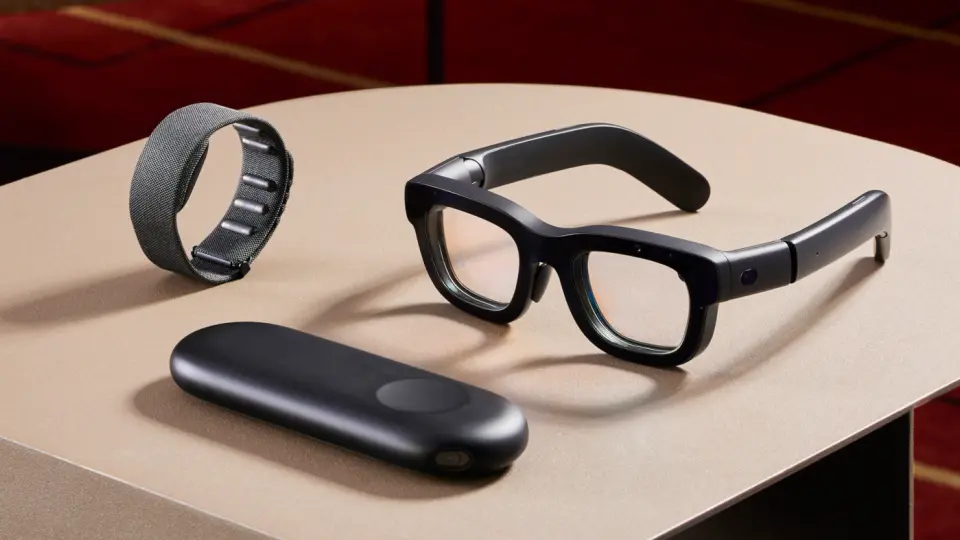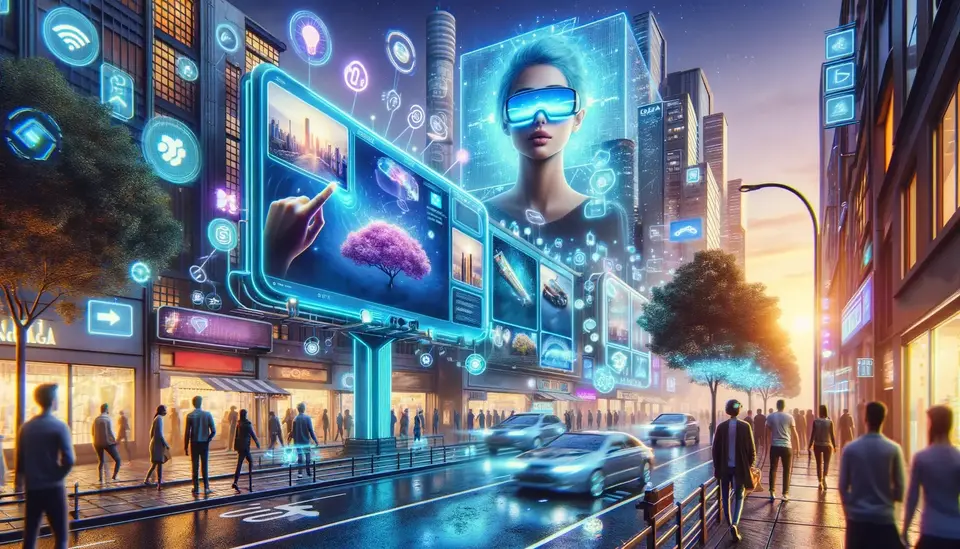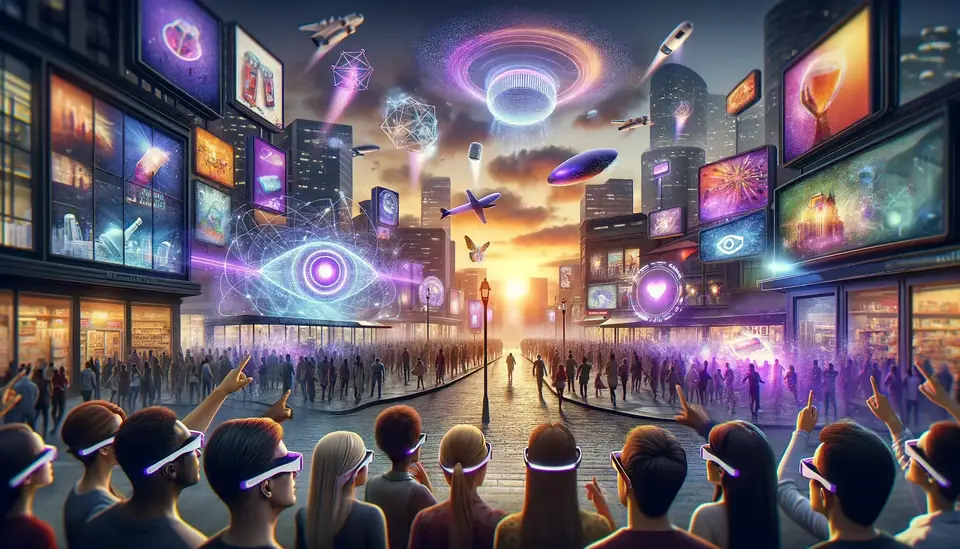All About Augmented Reality (AR)
Posted on April 9, 2023 3 minutes 561 words
Table of contents
Augmented Reality (AR) has captured the imagination of tech enthusiasts and futurists alike, promising to transform the way we interact with the world around us. Unlike Virtual Reality (VR), which fully immerses users in a simulated environment, AR seamlessly blends digital content with the real world. In this blog post, we’ll explore the inner workings of AR, its various applications, the devices and platforms that support it, and a glimpse into the future of this exciting technology.
How Augmented Reality Works
AR technology is based on the principle of superimposing digital information, such as images, 3D models, or text, onto the user’s view of the real world. There are four main types of AR: marker-based, markerless, projection-based, and superimposition-based. Each type uses different techniques to detect and track objects, surfaces, or markers in the physical environment.
To create an AR experience, several hardware and software components are needed. These include cameras for capturing real-world images, sensors for detecting motion and position, processors for computing and rendering, displays for presenting the augmented content, and tracking systems for aligning digital and real-world elements.
Applications of Augmented Reality
AR technology has a wide range of applications across various industries:
- Retail and shopping: Virtual fitting rooms allow customers to try on clothes without visiting a store, while product visualizations help shoppers envision how items might look in their homes.
- Gaming and entertainment: Games like Pokémon GO bring digital characters to life, and interactive storytelling creates immersive experiences for audiences.
- Education and training: Medical simulations provide hands-on practice for students, language learning apps offer real-time translations, and immersive history lessons transport learners back in time.
- Industrial and professional use: Remote assistance connects experts with technicians in the field, architectural visualizations allow clients to explore designs, and assembly instructions guide workers step-by-step.
- Tourism and navigation: Interactive city tours enhance sightseeing, while real-time translation apps break down language barriers.
- Social media and communication: Snapchat filters add a touch of fun to photos, while AR-based video calls allow users to interact in more engaging ways.
Augmented Reality Devices and Platforms
Several devices support AR experiences, including standalone headsets like Microsoft HoloLens, Magic Leap, and Google Glass, as well as smartphones and tablets. Mobile AR has gained widespread adoption due to the ubiquity of smartphones, which often come equipped with built-in AR capabilities.
Developers can create AR experiences using platforms and frameworks such as Apple’s ARKit, Google’s ARCore, and Vuforia, which provide tools for detecting, tracking, and rendering digital content in the real world.
The Future of Augmented Reality
As AR technology continues to advance, we can expect lighter, more affordable devices, improved tracking and recognition capabilities, and increased interactivity. This progress will likely lead to broader adoption across various industries and everyday life, transforming how we work, learn, and play.
However, the widespread use of AR also raises ethical concerns and privacy issues. It will be crucial to address these challenges and strike a balance between innovation and responsible use.
Conclusion
Augmented Reality holds immense potential to revolutionize our interactions with the digital world, making it an integral part of our daily lives. As the technology continues to evolve, there’s no better time to explore AR experiences and consider how they might shape our future. Embrace the possibilities, and let AR change the way you see the world.








